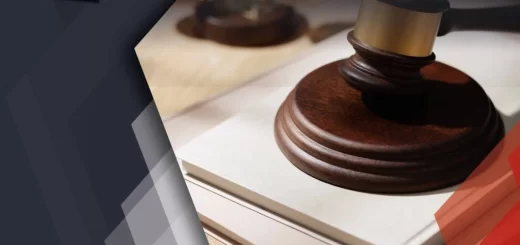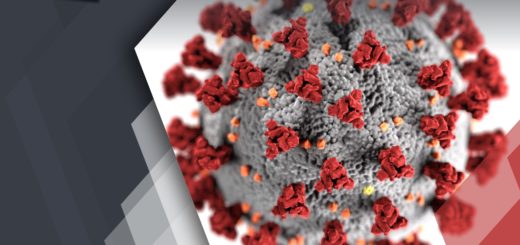The Grammar of Markush Structure Searching
The Grammar of Markush Structure Searching : The way we express something is a language and languages are governed by systems of grammar. Same goes true when we search information related to chemicals. In other words we can say is that the retrieval of chemical information from patents is dependent upon the grammar of markush structures. If we fail to understand the markush structure of a compound it will be tough to extract all those information pertaining to that chemical. When Markush structures are included in a patent document it is called as Markush patent claim and since a markush patent claim could have many different interchangeable parts it is important to decipher the markush patent claim in its totality.
So, the fundamental question here is that how should we define markush patent claim.
Definition of Markush Patent Claims
Markush patent claims can be defined as patent claims which describe generic patent structures that could include many different interchangeable parts. These complex patent claims can disclose hundreds of different potential chemical compounds by describing them in generic ways. Markush structures are the language of chemical patents, comprising a vocabulary of chemical fragments organized by syntax of structural relationships.
What are markush structures?
- Shorthand for describing sets of specific molecules with common features
- Structures with R-groups also known as “generic” chemical structures
- Used in patents to protect whole classes of compounds with common properties
- Markush Patent claims describe generic patent structures that could include many different interchangeable parts
Origin of the term markush
The term “Markush” was used after Dr Eugene A. Markush (founder of Pharma Chemical Corporation (NJ)) who is basically from Budapest, Hungary and migrated to the United States in 1913. He filed US patent 1506316 on pyrolazone dyes, in 9 January 1924, using an expression where R is a group used to indicate a chemical compound with same skeleton but different variations. This set a precedent in the USA for this type of description.
Variability in Markush Structures
Markush structures are built on four different ways like depending on the substituents used in the compound, variation in the position, multiple occurrences of groups and homology.
Substituent (s-) variation- list of specific alternatives, which can be expressed in many different ways
Position (p-) variation- Variable point of attachment
Frequency (f-) variation- multiple occurrences of groups
Homology (h-) variation- generically-described group (e.g.“alkyl”)potentially infinite number of alternatives
Important things to know about chemical structure databases
- Structural features (ring systems, functional groups,etc.) used as indexing terms
- all alternatives tend to be “over-coded
- retrieved structures include many “false drops” (“ballast”)
- Codes originally assigned manually
- Queries also generated automatically
Markush structure searching could be a daunting task but if you know the basic rules you may get the desired output and it can give you valuable information pertaining to a compound.
If you require to do markush structure analysis or searching, do contact us today.




